
Thousands of photo enthusiasts are set to return to Perpignan, France, in early September for the 28th edition of Visa pour l’Image, the world’s largest photojournalism festival.
“Last year in Perpignan, there was a feeling of bubbling energy,” says Jean-François Leroy, Visa pour l’Image director, in a statement. “Lamentations about the press not producing enough photojournalistic reports appeared to be a thing of the past. We felt a genuine sense of enthusiasm”
In the context of two major stories that were thrown into the limelight this year—Europe’s terrorist attacks and the refugee crisis—Leroy unveiled a lineup from some of the 25 exhibitions that feature photographers tackling these urgent issues, starting with Yuri Kozyrev’s work for National Geographic Magazine that examines how the Kurds are reshaping Northeastern Iraq amid the growing threat of ISIS.
Other photographers on show include Peter Bauza, who covered the lives of some 300 families living in substandard housing conditions in Brazil for Echo Photojournalism, and Claire Allard and her Backstage, which illuminates the working conditions of French stage crews whose long shifts and laborious routines behind the curtain deserves recognition.
Valerio Bispuri’s Paco, A Drug Story will also be on display, investigating the production, trafficking and consumption of a highly addictive drug called “Paco” in Argentina and other South America countries.
Also on show is Australian photographer Andrew Quilty, who will present, in an exhibition curated by TIME LightBox’s editor Olivier Laurent, his work documenting the aftermath of Operation Enduring Freedom in Afghanistan. Fifteen years after the launch of the war in Afghanistan, the country has mostly disappeared from front page news. “Yet the war continues, and worse than ever,” Quilty writes. “More Afghan security forces were killed in 2015 than U.S. forces in the entire war, and the Taliban now control more territory than in 2001 when they were defeated.”
Quilty has spent the last three years in Kabul to provide the much-needed coverage of this forgotten war. His exhibition will include work done in Kunduz, where he photographed the aftermath of the U.S. airstrike on the M.S.F. hospital that left 42 dead.
Eyewitness to Hope and Hell in South Sudan

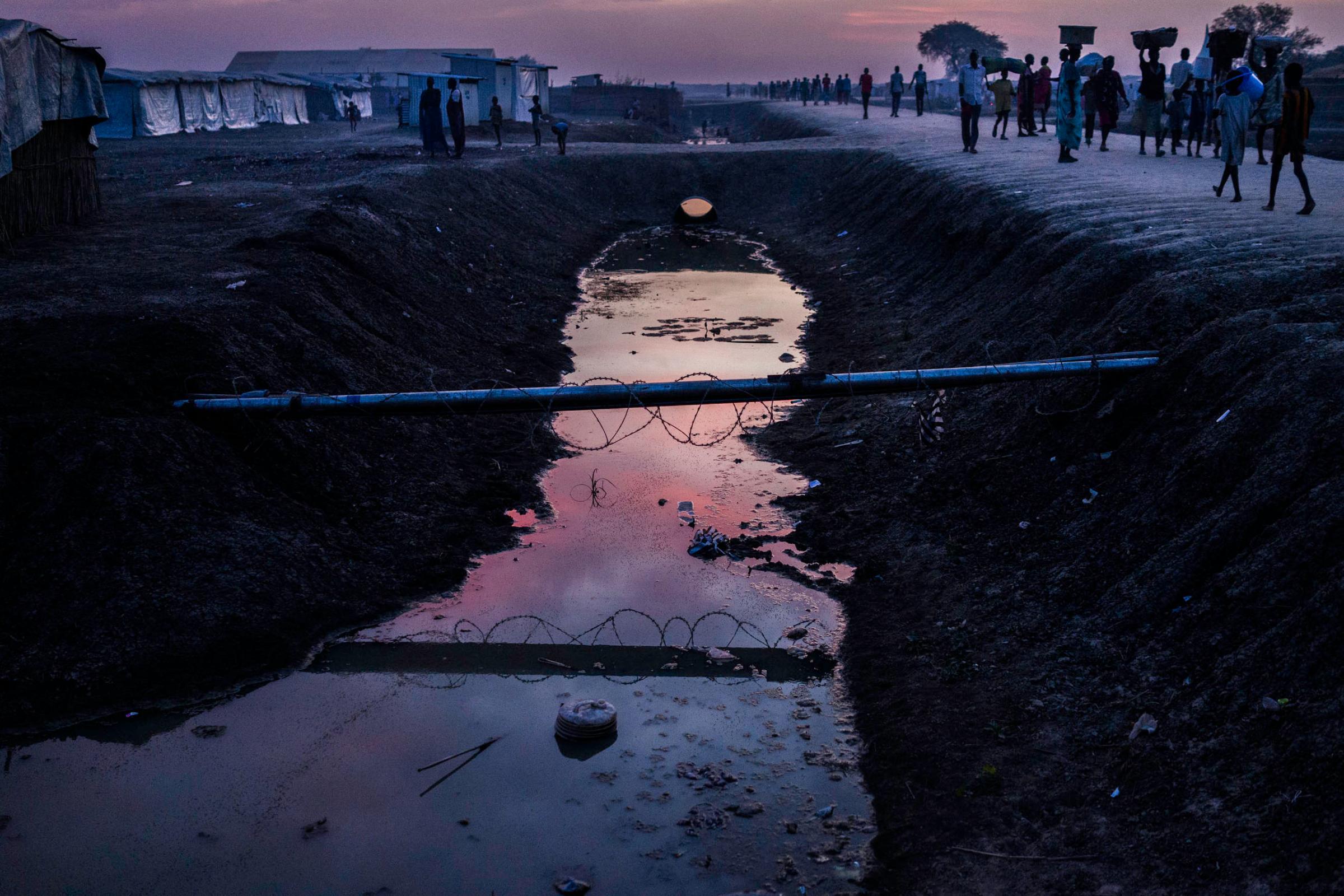

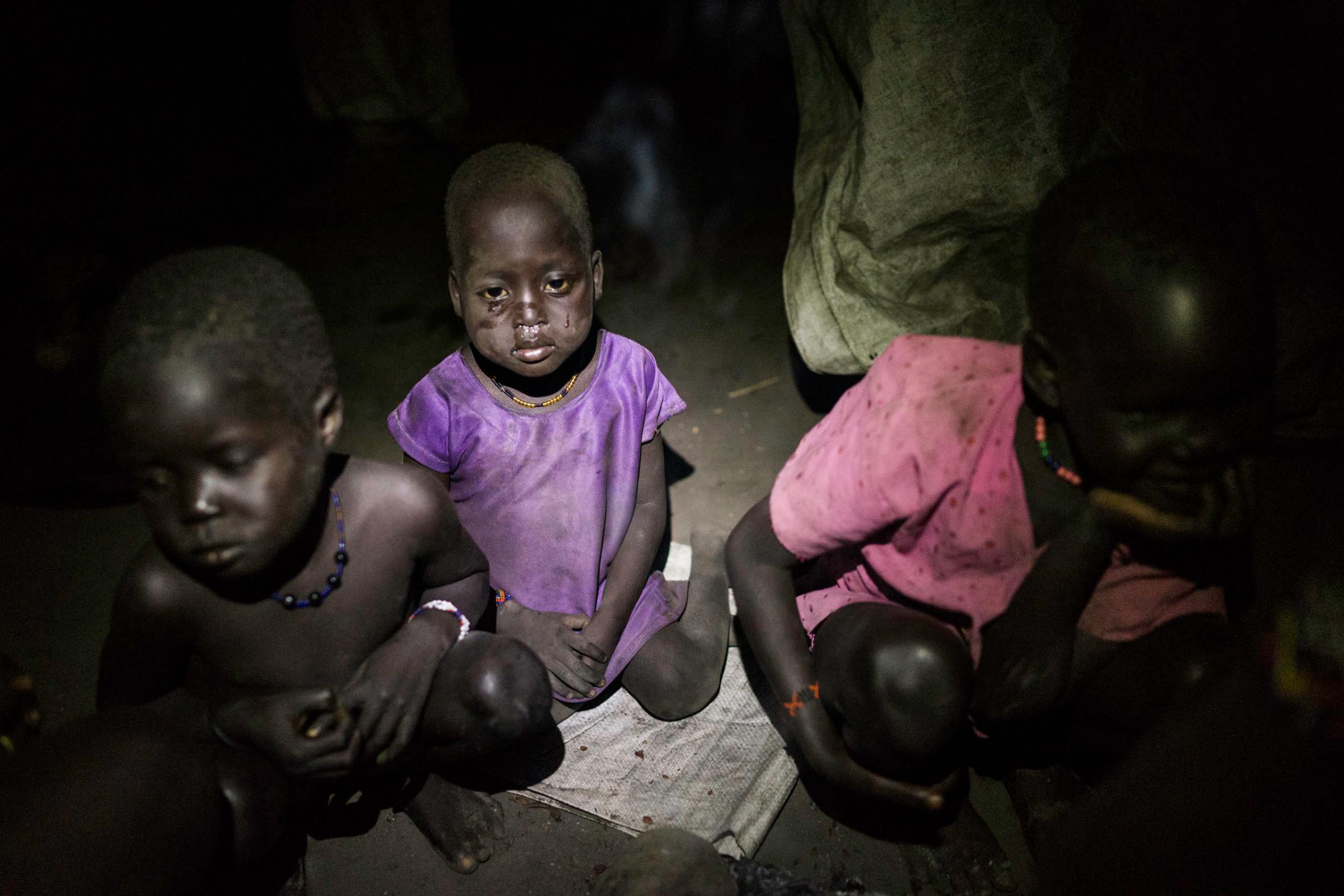
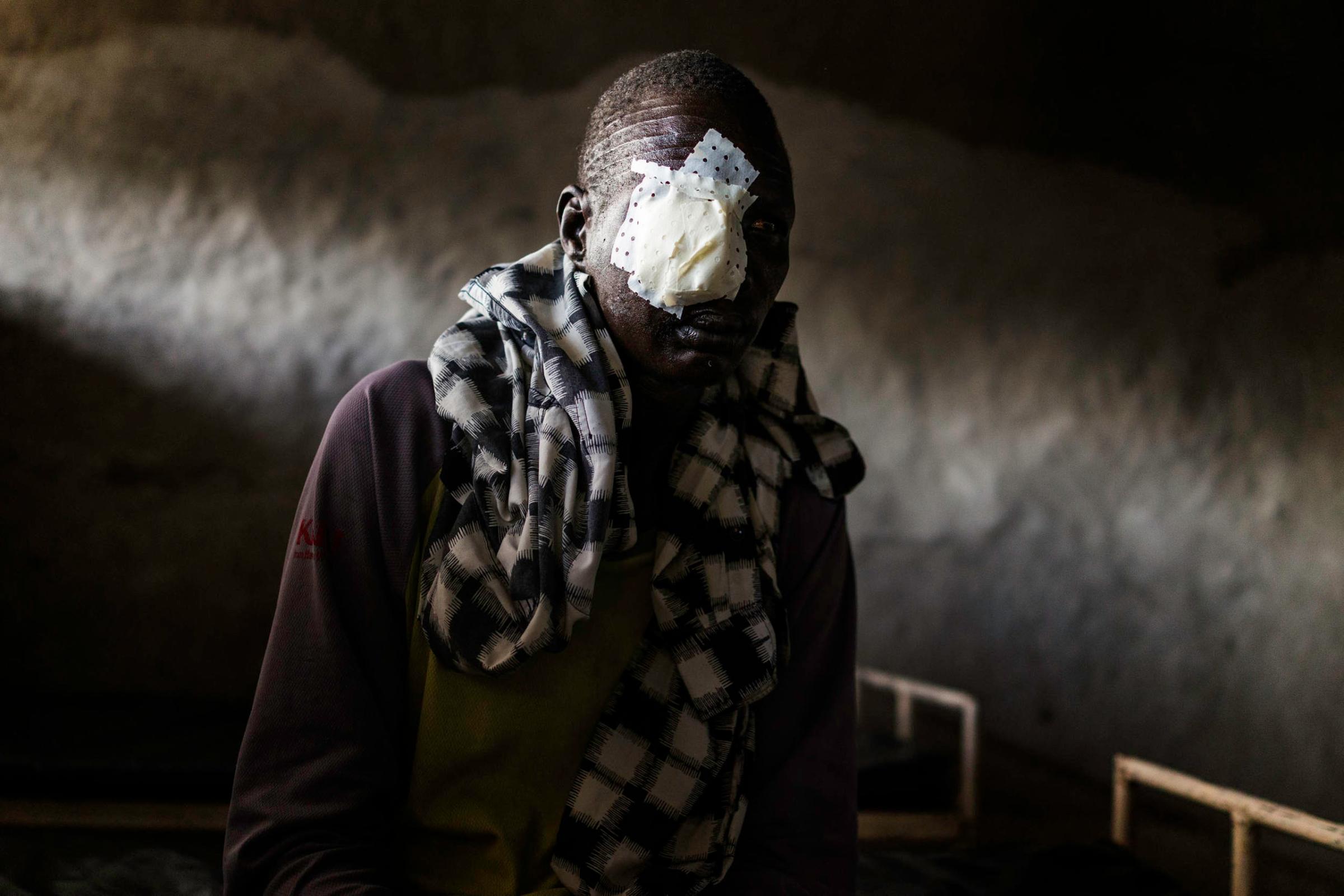
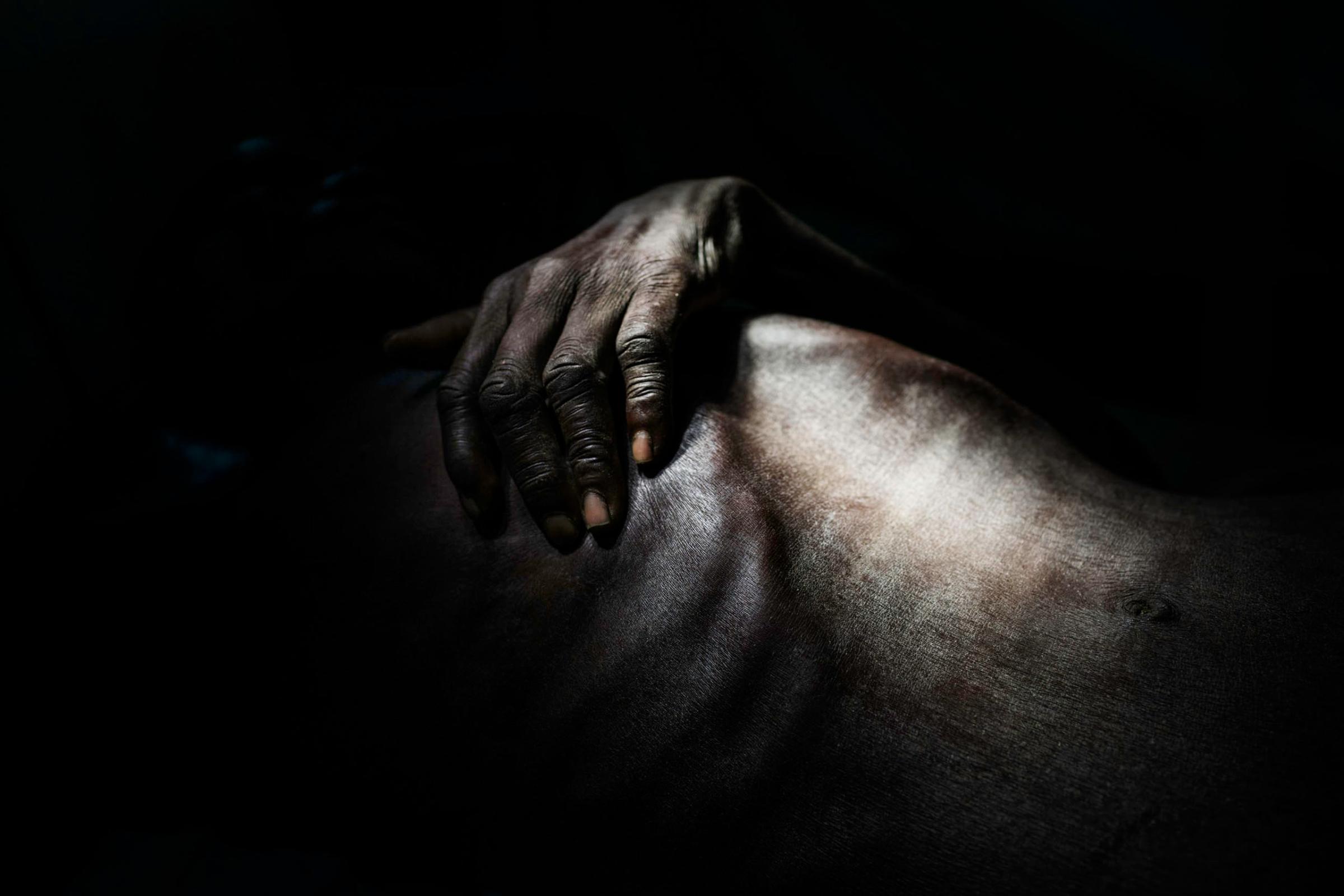
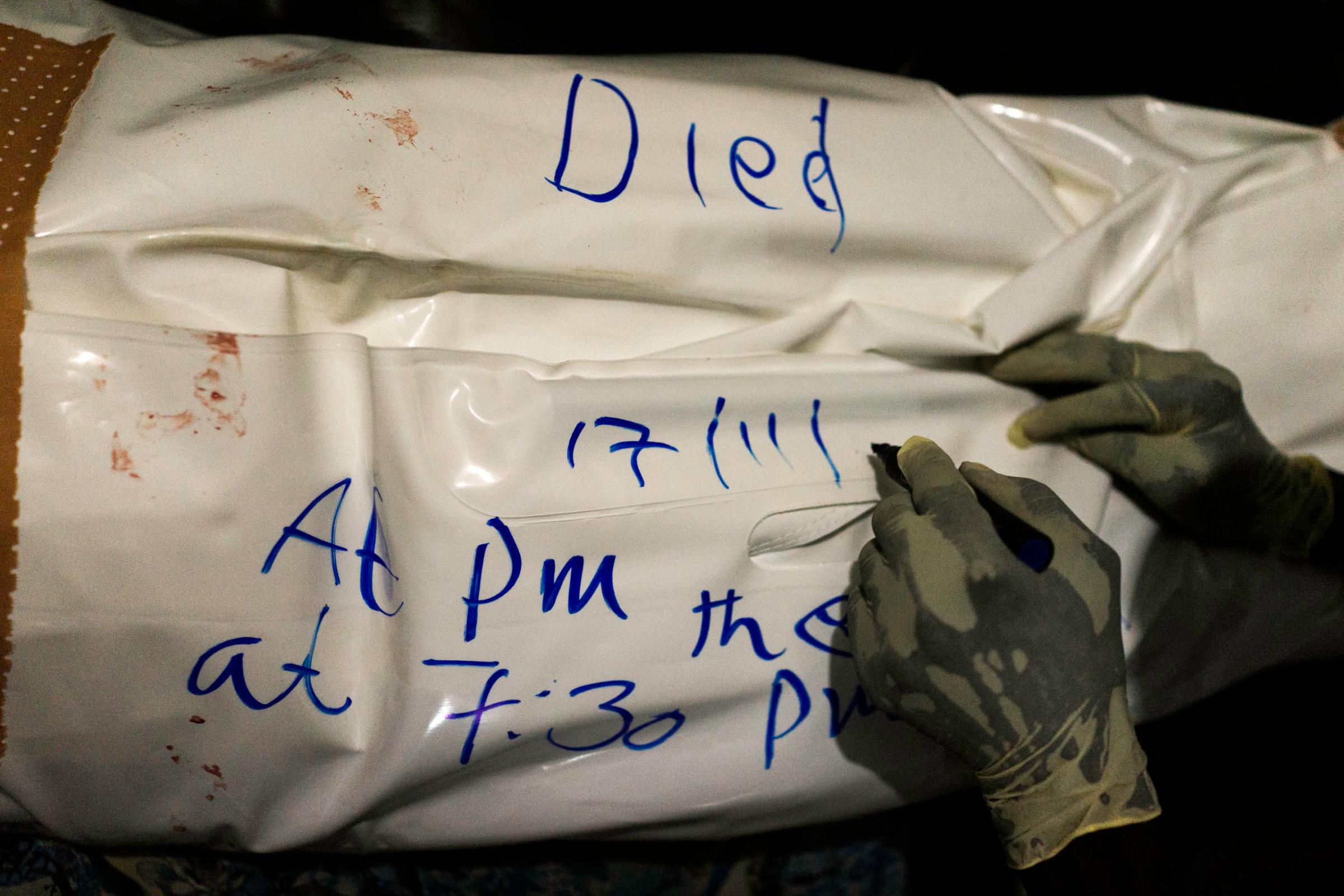
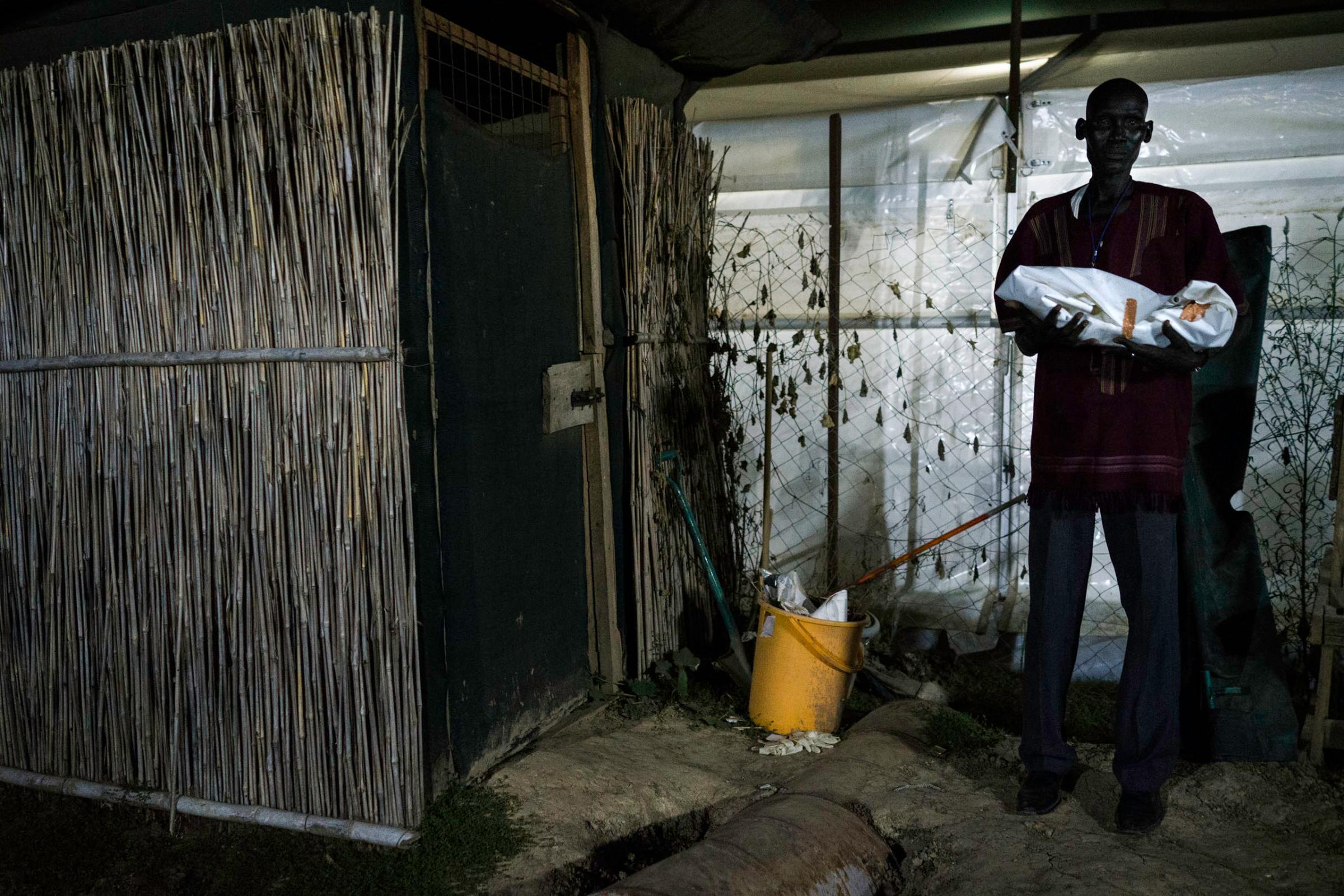
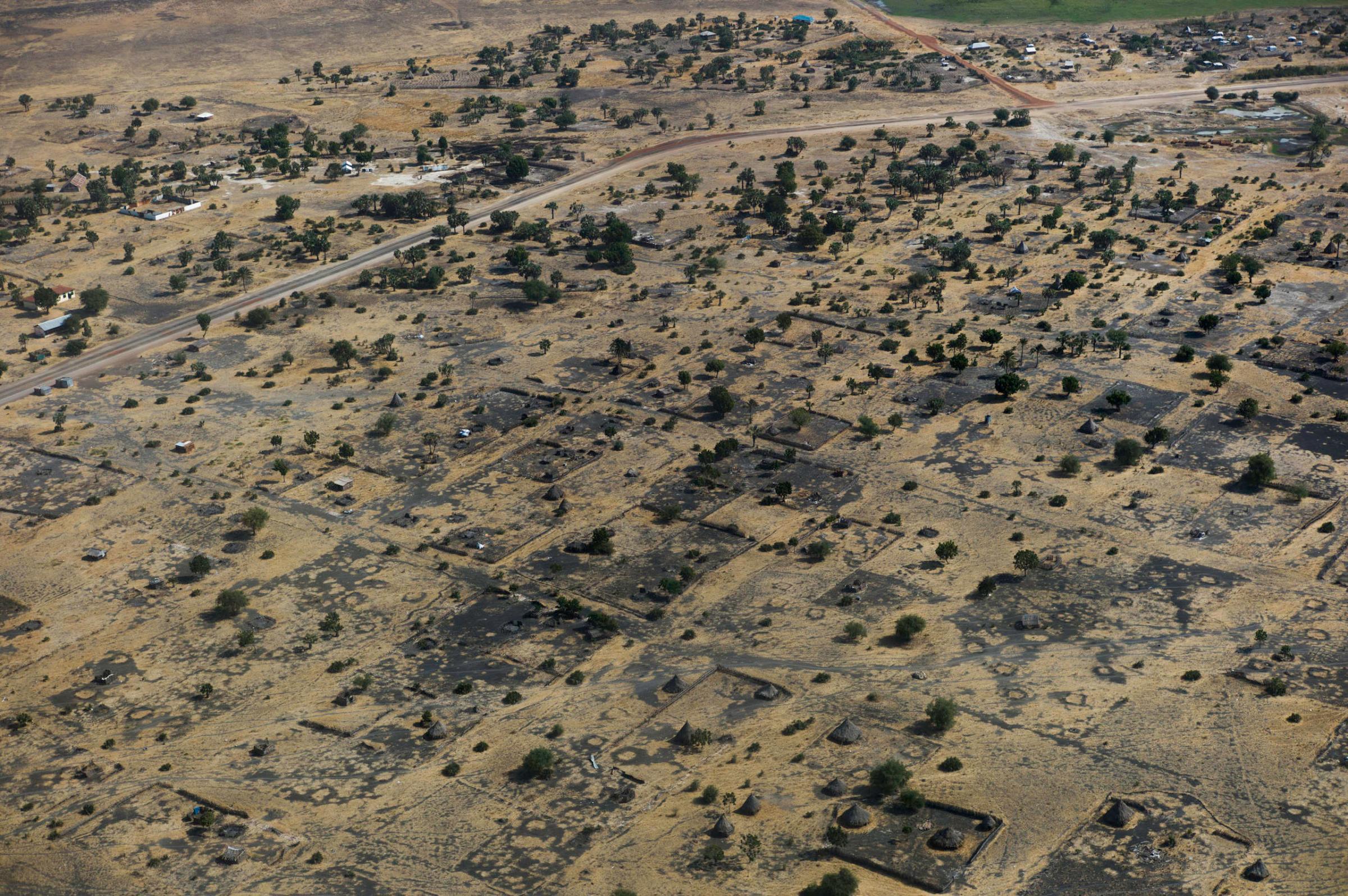
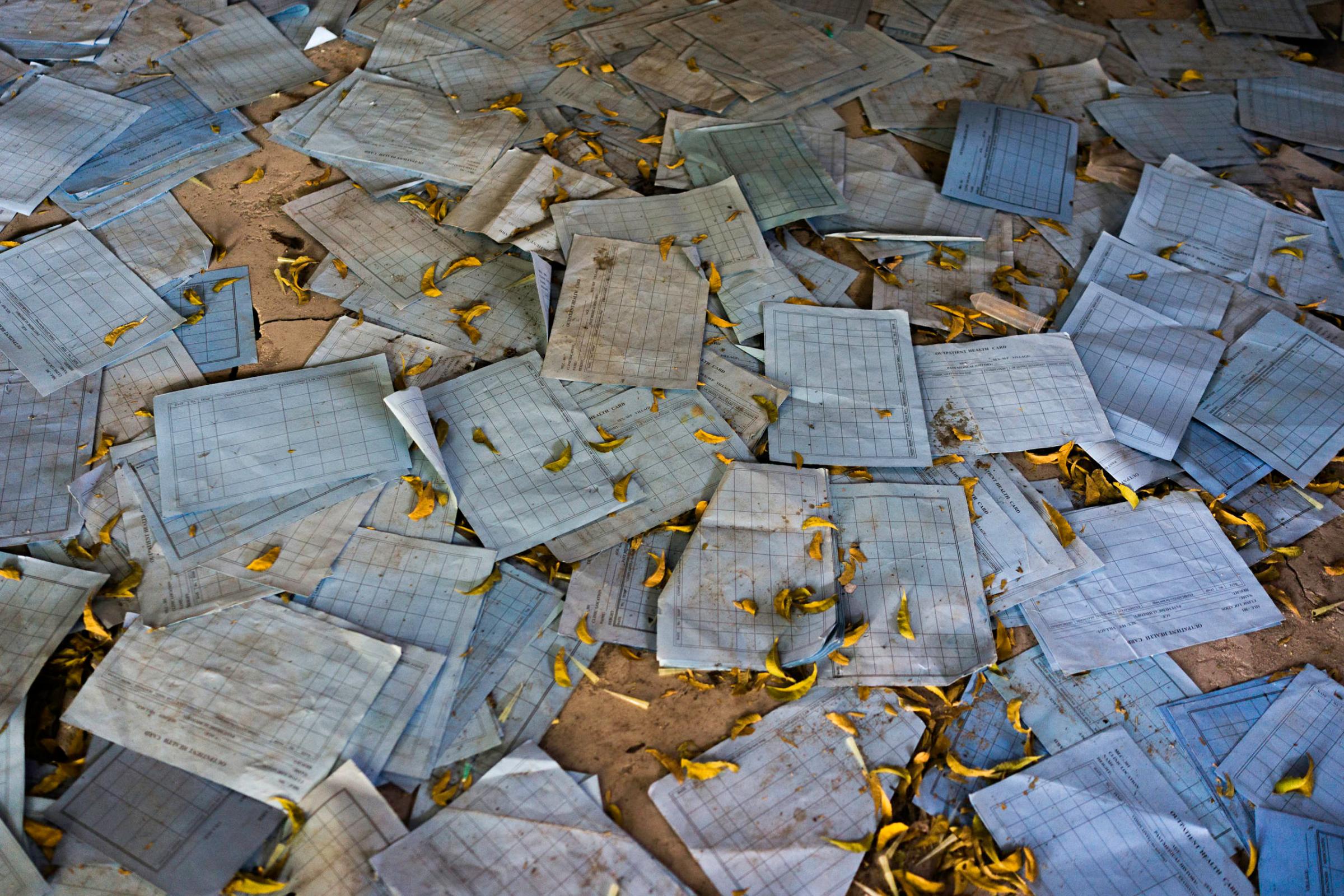
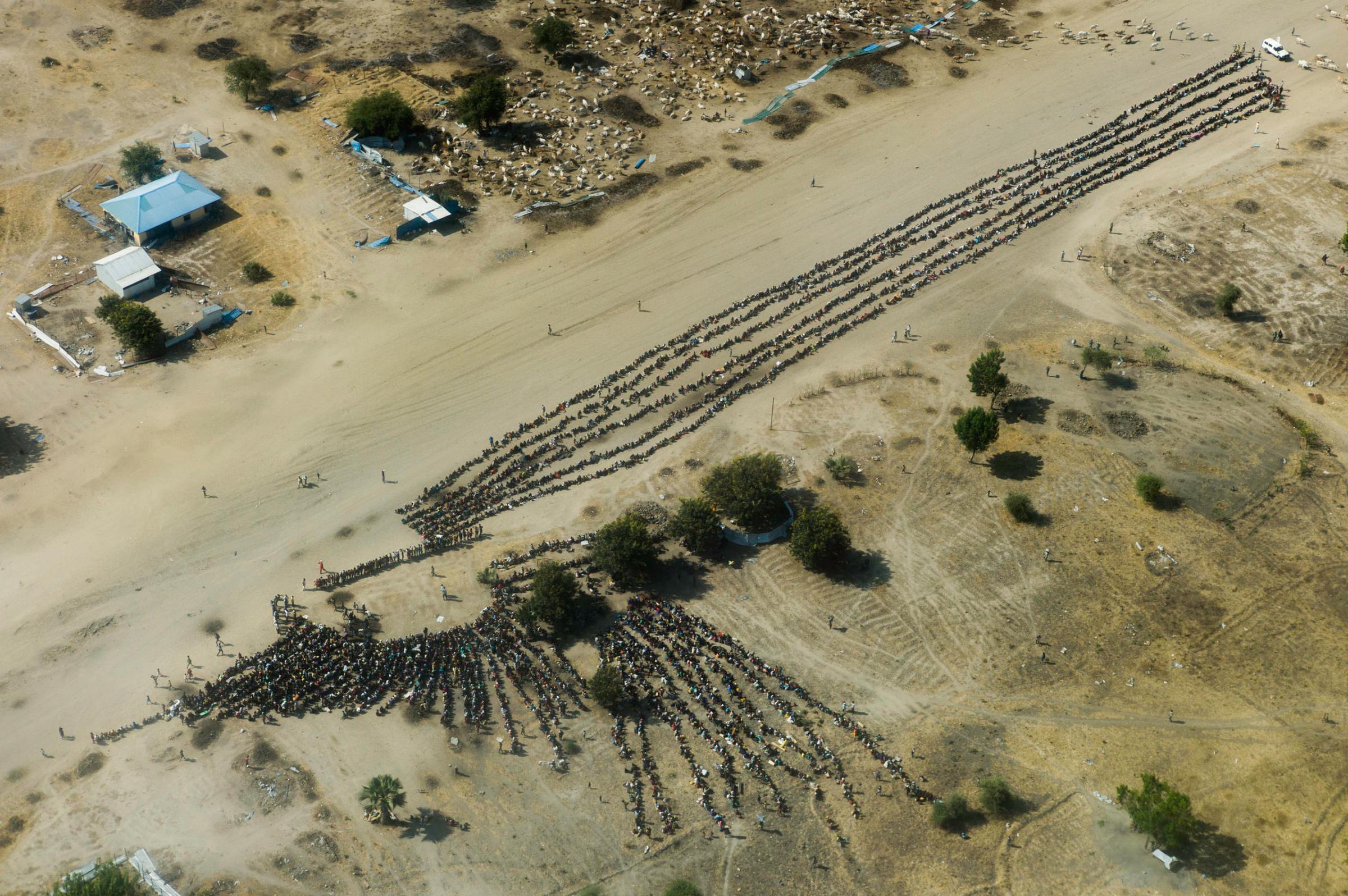
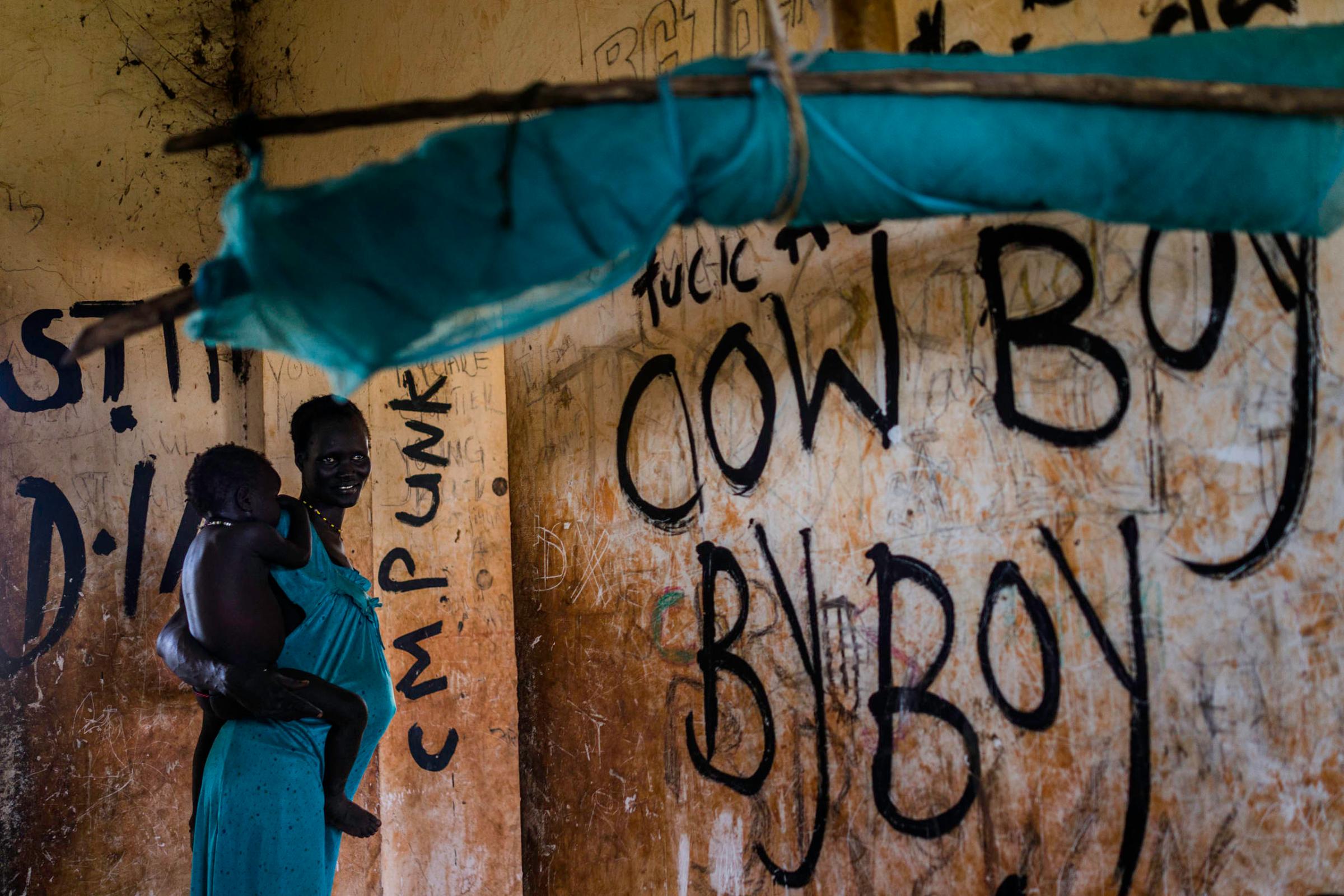
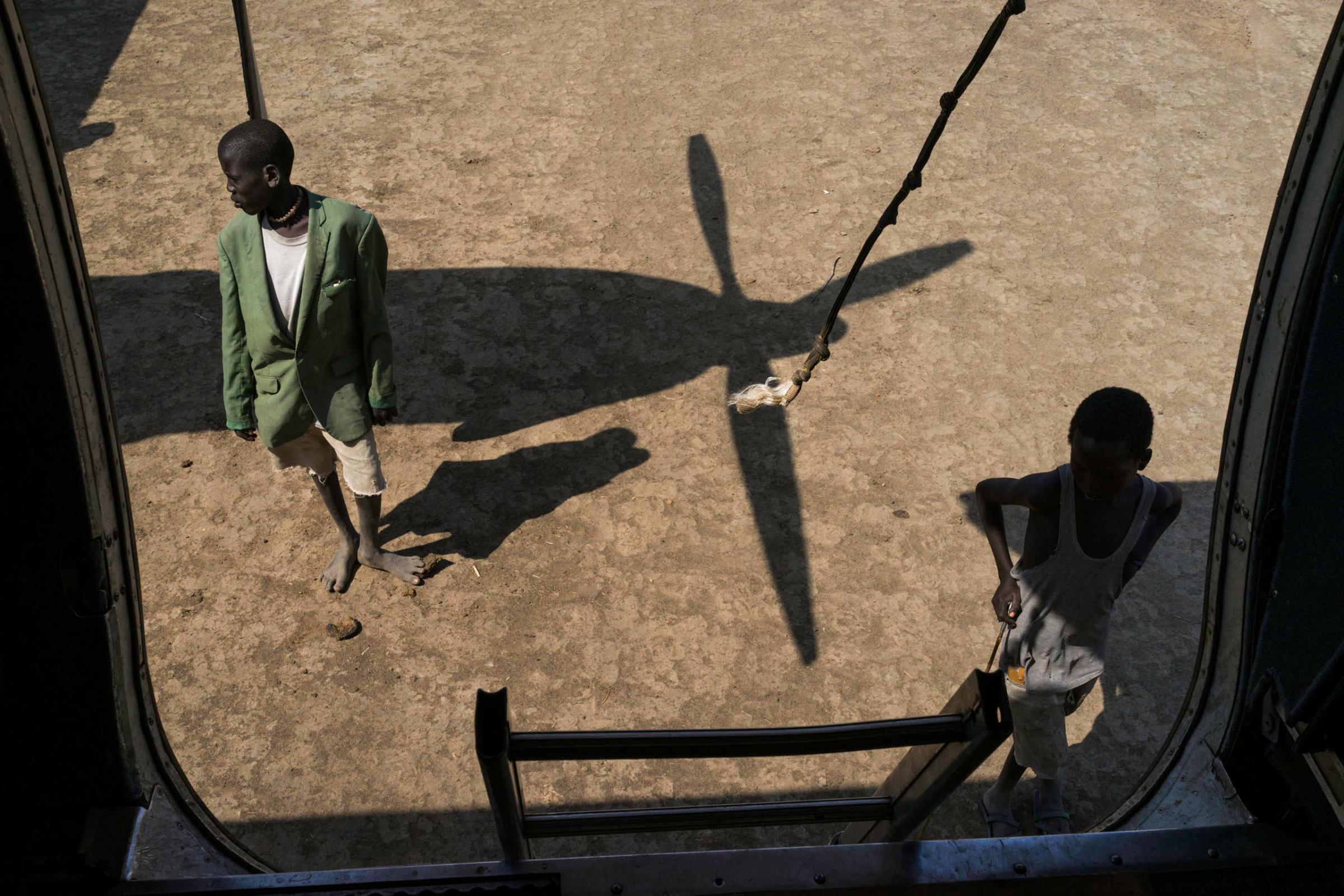

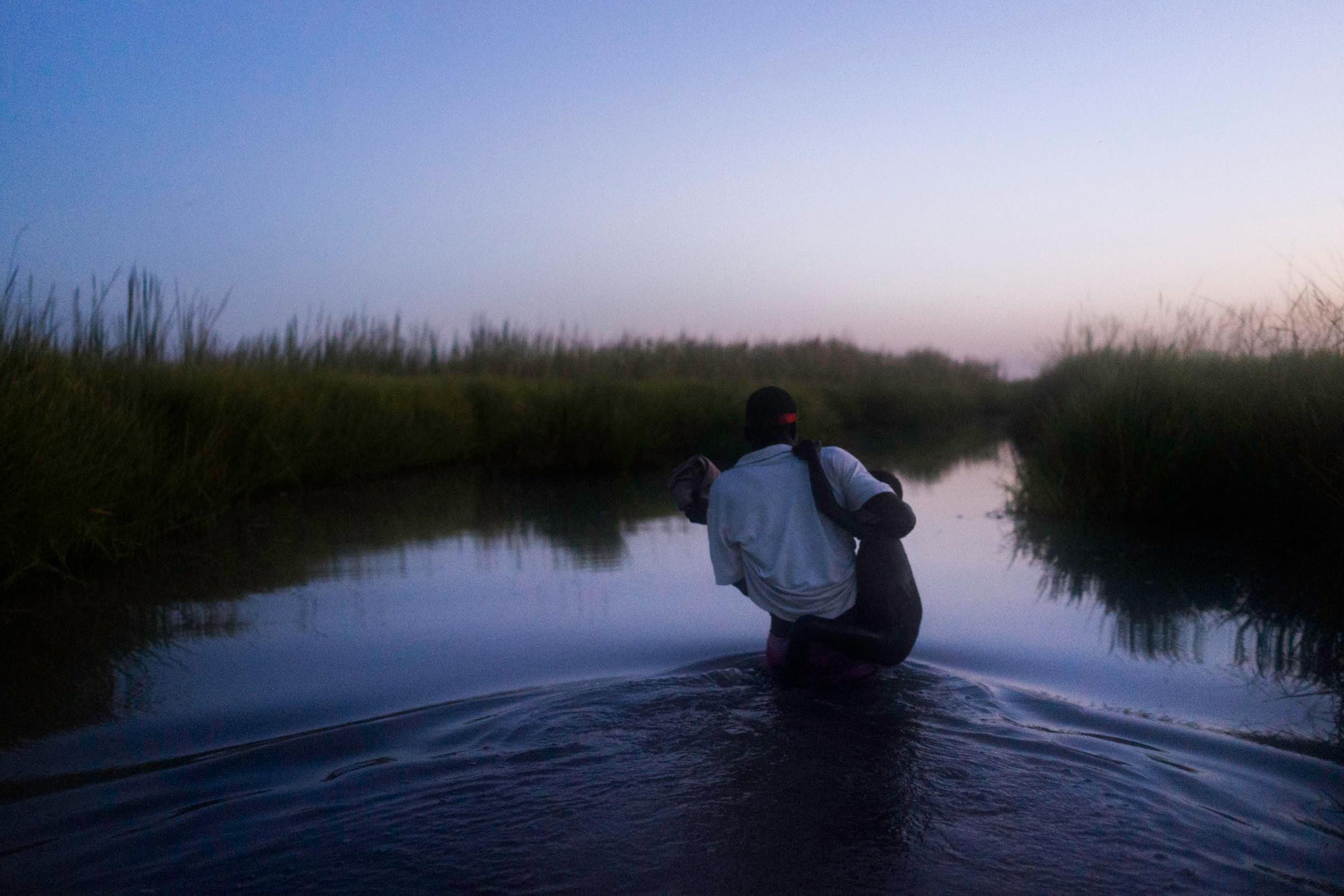
Also presented will be Dominic Nahr’s coverage of the aftermath of South Sudan’s independence and the fallout of political tension on civilian victims; Frédéric Noy’s look at the ostracization of LGBTI communities in East Africap; Marc Riboud’s 1963 work on Fidel Castro in Cuba during the Kennedy assassination; and Anastasia Rudenko’s project on institutions for the mentally disabled in Russia.
The festival runs from Aug. 27 to Sept. 11, 2016 across 10 different venues in Perpignan, France.
Rachel Lowry is a writer and contributor for TIME LightBox. Follow her on Twitter and Instagram.
More Must-Reads from TIME
- Donald Trump Is TIME's 2024 Person of the Year
- Why We Chose Trump as Person of the Year
- Is Intermittent Fasting Good or Bad for You?
- The 100 Must-Read Books of 2024
- The 20 Best Christmas TV Episodes
- Column: If Optimism Feels Ridiculous Now, Try Hope
- The Future of Climate Action Is Trade Policy
- Merle Bombardieri Is Helping People Make the Baby Decision
Contact us at letters@time.com